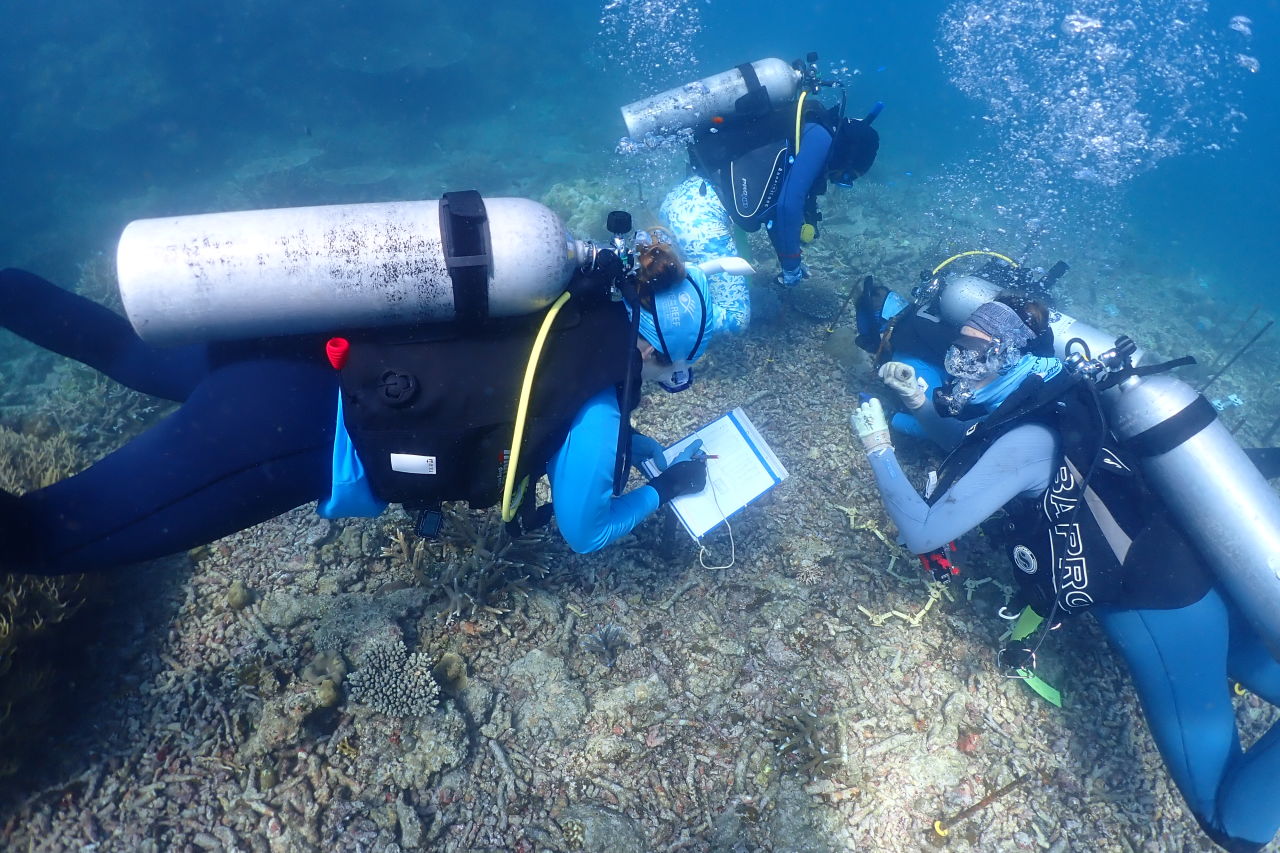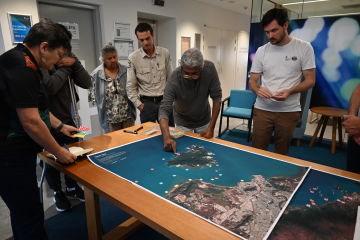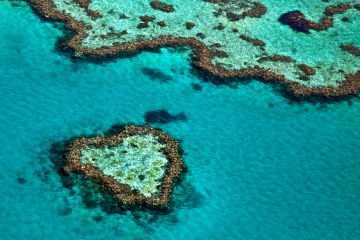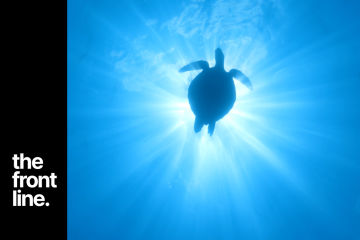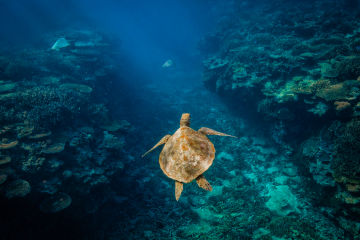News ·
290m more baby corals to help restore and protect the Great Barrier Reef
Through the world’s largest collaborative reef protection effort, the Great Barrier Reef Foundation is making significant progress in improving the health of the Great Barrier Reef.
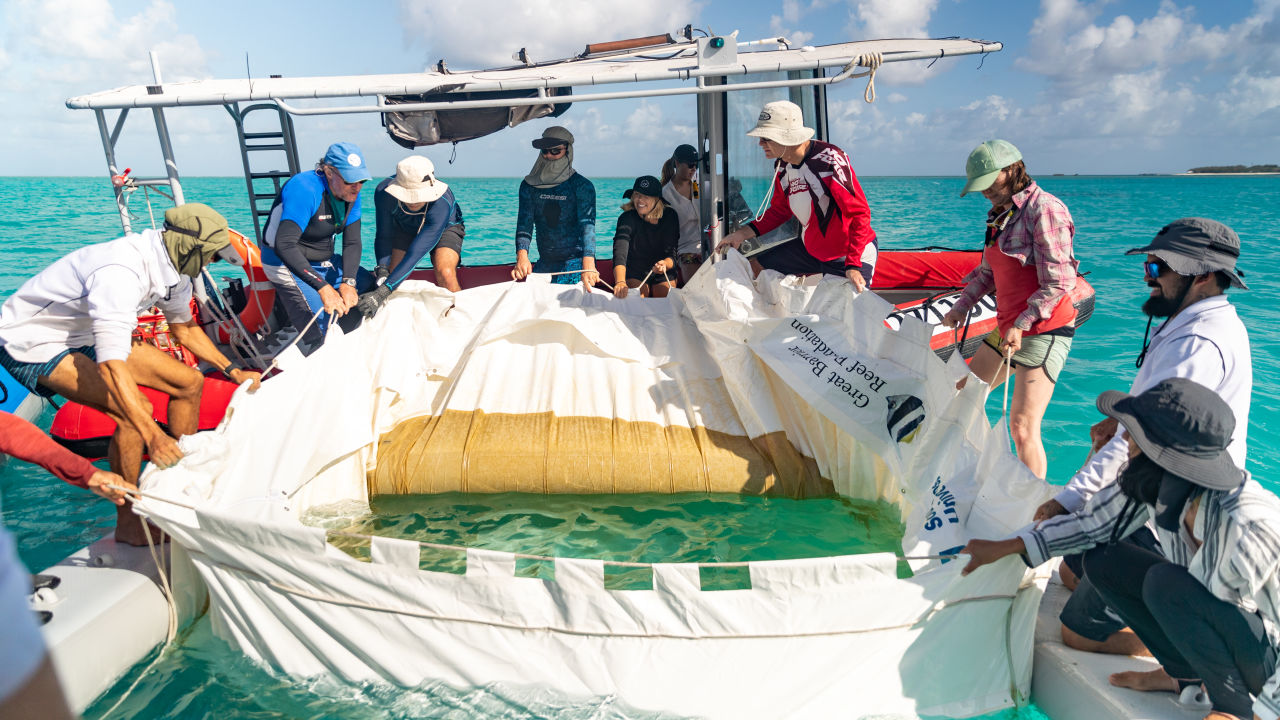
The Great Barrier Reef is one of the most complex ecosystems on the planet. It’s home to thousands of species of marine life, including more than 1,600 species of fish, dolphins, whales, dugongs and six of the world’s seven species of marine turtles.
But we know climate change is threatening the survival of the Great Barrier Reef and coral reefs around the world. The Reef needs our help now more than ever.
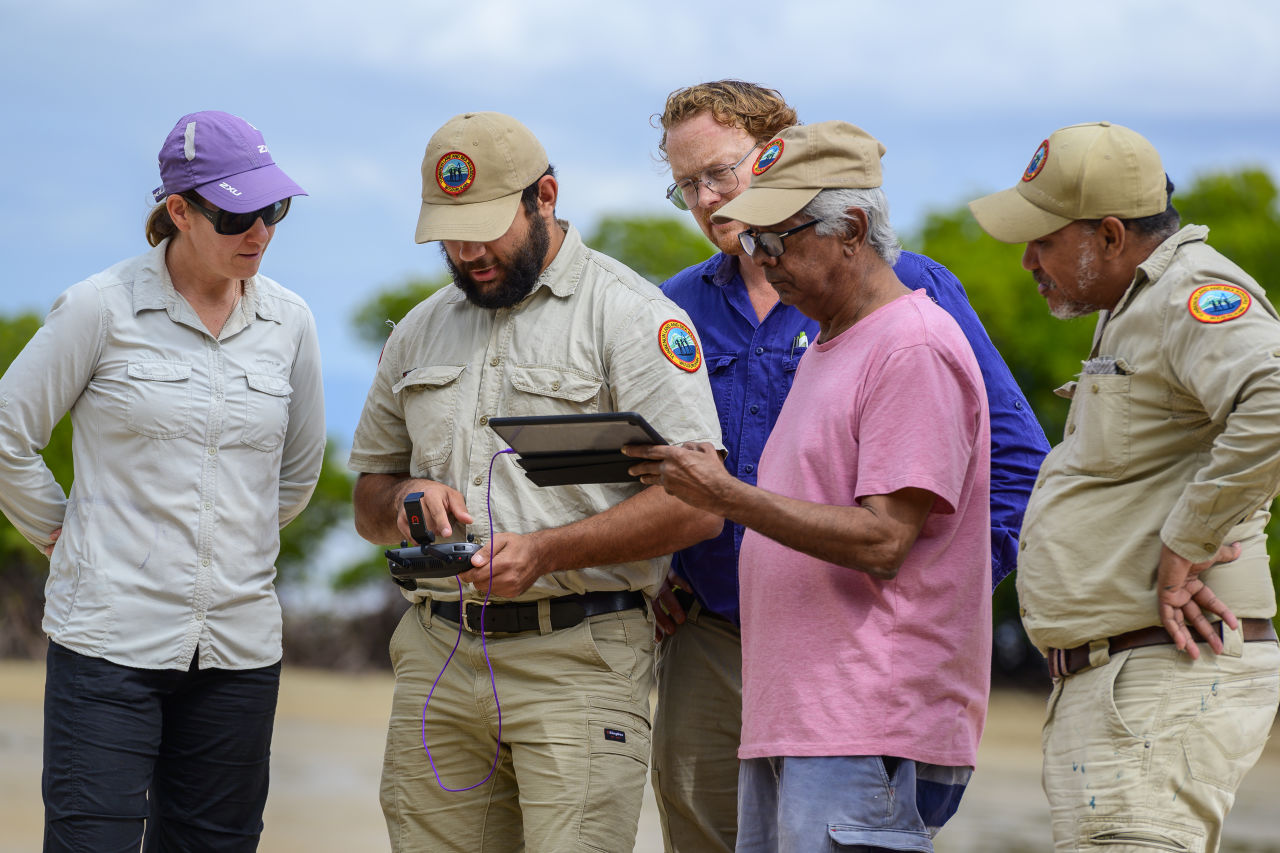
Yunbenun (Magnetic Island) Traditional Owners using drones to monitor mangrove health. Credit: Kobie Rhodes, Magnetic Island Photos
The Great Barrier Reef Foundation, in partnership with the Australian Government, is pioneering cutting edge solutions through the landmark $443.3m Reef Trust Partnership (RTP).
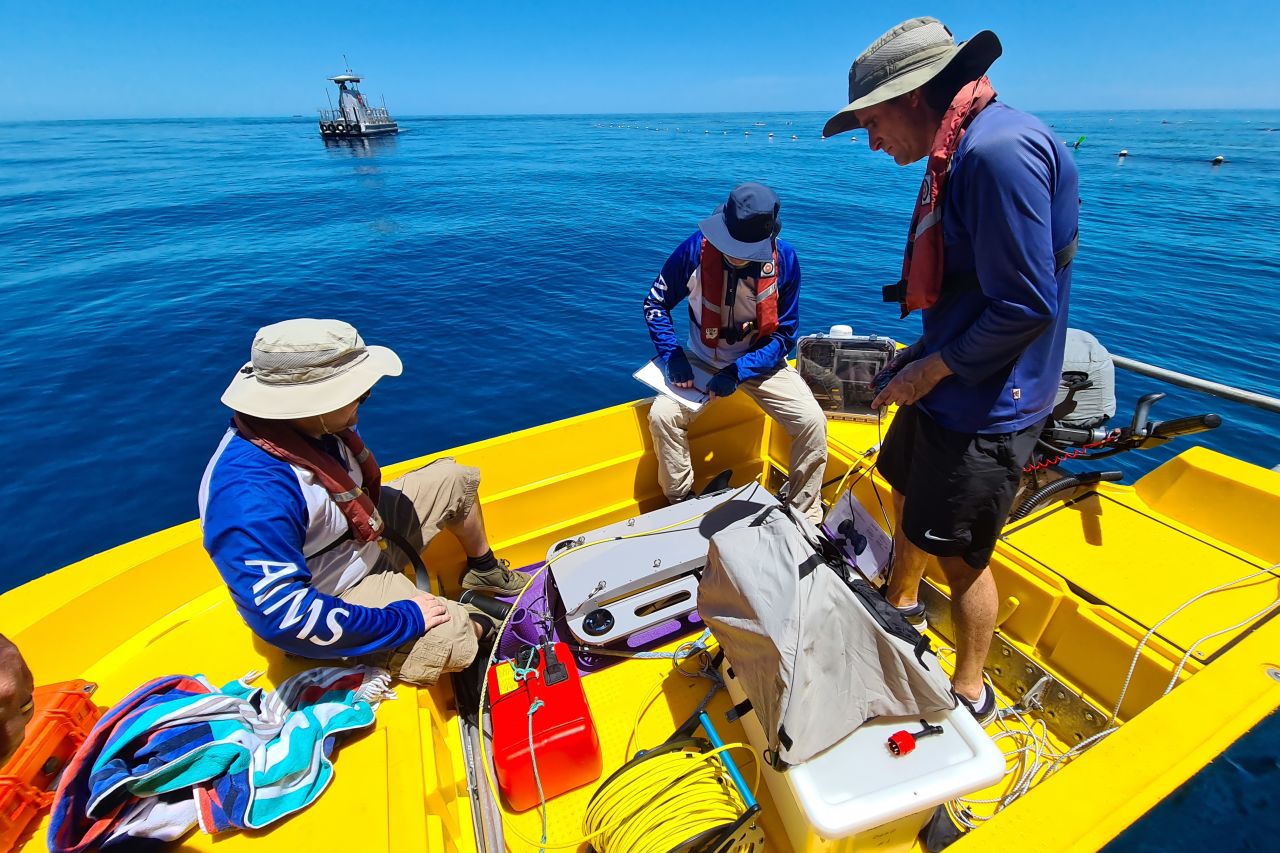
Initial field demonstration of new COTS surveillance technology. Image credit: Mary Bonin
The partnership is focused on five key conservation areas: harnessing the latest science to pioneer a toolbox of large-scale solutions to help the Reef resist, adapt and recover from the impacts of climate change, improving water quality, expanding the fight against the coral-eating crown-of-thorns starfish, scaling up community and Traditional Owner-led on-ground conservation efforts and enhancing Reef health monitoring and reporting.
And it’s working. Through 415 projects with 567 dedicated partners, we have:
- Pioneered new techniques to mass produce approximately 290 million baby corals.
- Accelerated the heat tolerance of several coral species in the lab.
- Cryopreserved over a trillion coral sperm which are ready to be thawed and used to re-populate damaged reefs.
- Outplanted over 68,000 coral fragments through the Coral Nurture Program, helping to restore reefs impacted by the effects of climate change.
- Protected 320 reefs from being destroyed by coral-eating crown-of-thorns starfish outbreaks.
- Restored 17 football fields of native forest and planted over 6,000 native trees to prevent sediment running off into the Reef’s waters.
- Prevented the equivalent of 18,500 garbage trucks worth of sediment from entering Reef waterways.
- Removed 4.6 tonnes of marine debris from the Reef’s waters.
- Collaborated with 4,880 Traditional Owners from 49 groups and more than 590 Traditional Owner youth in on-Country activities.
You can find out more about the achievements of the program here.
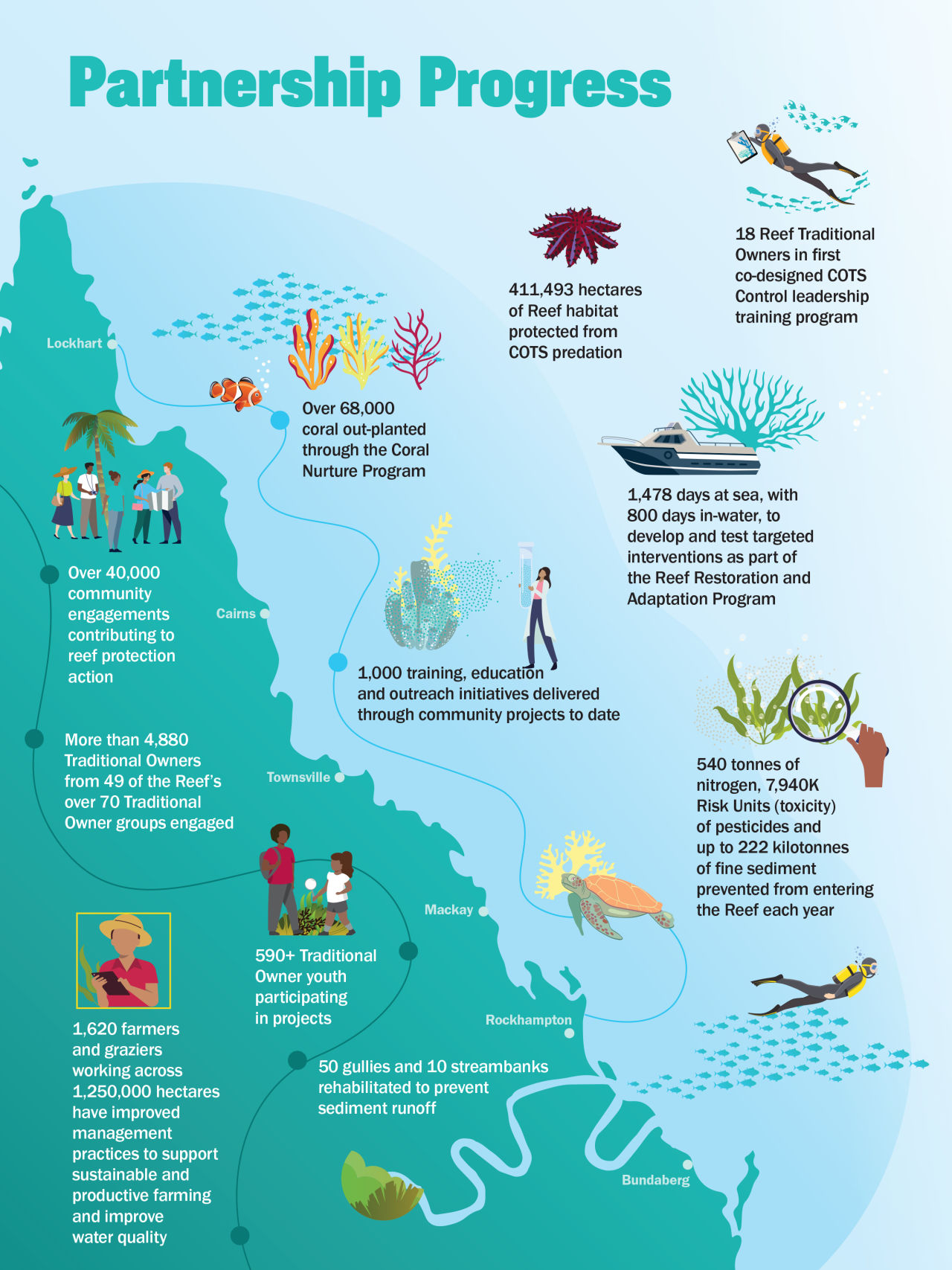
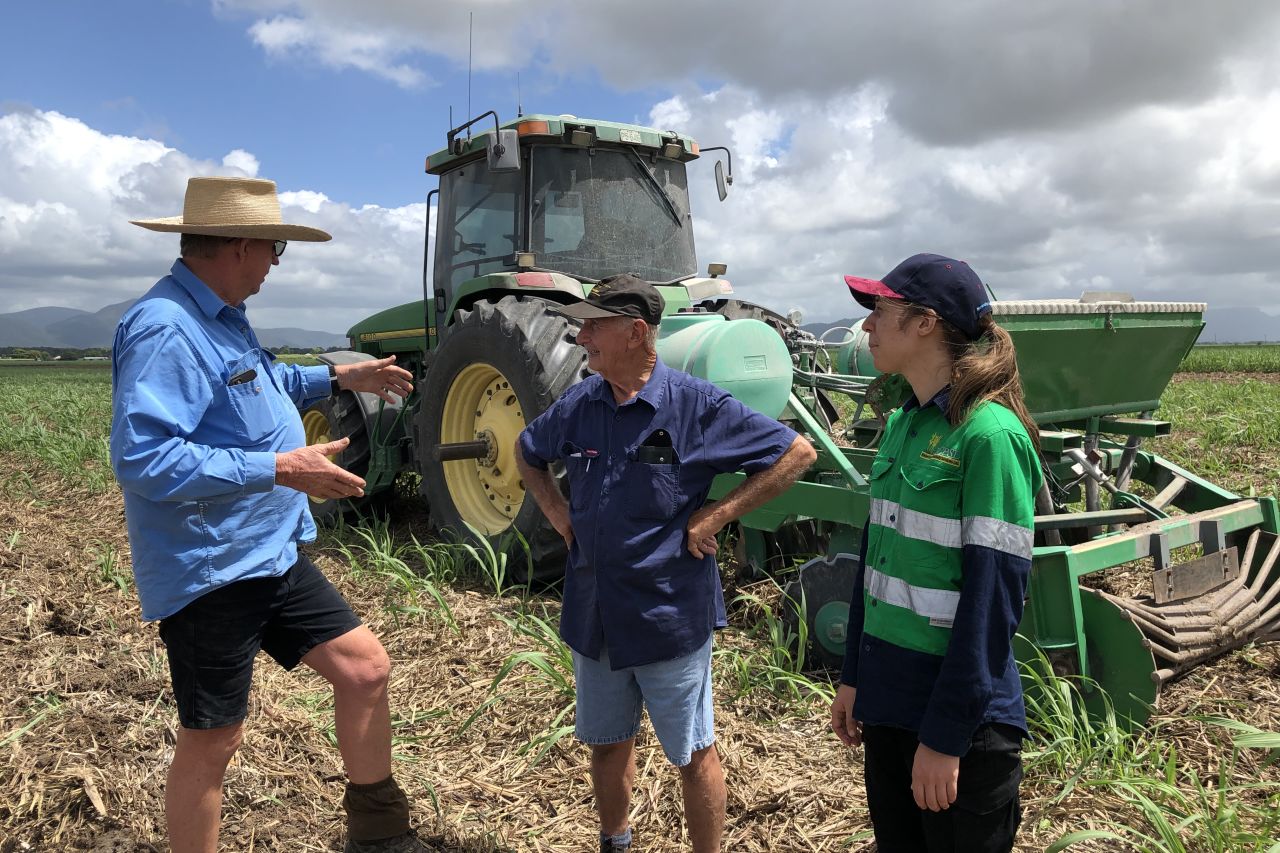
Agricultural expert supporting growers in the Lower Herbert region through Project Catalyst.
